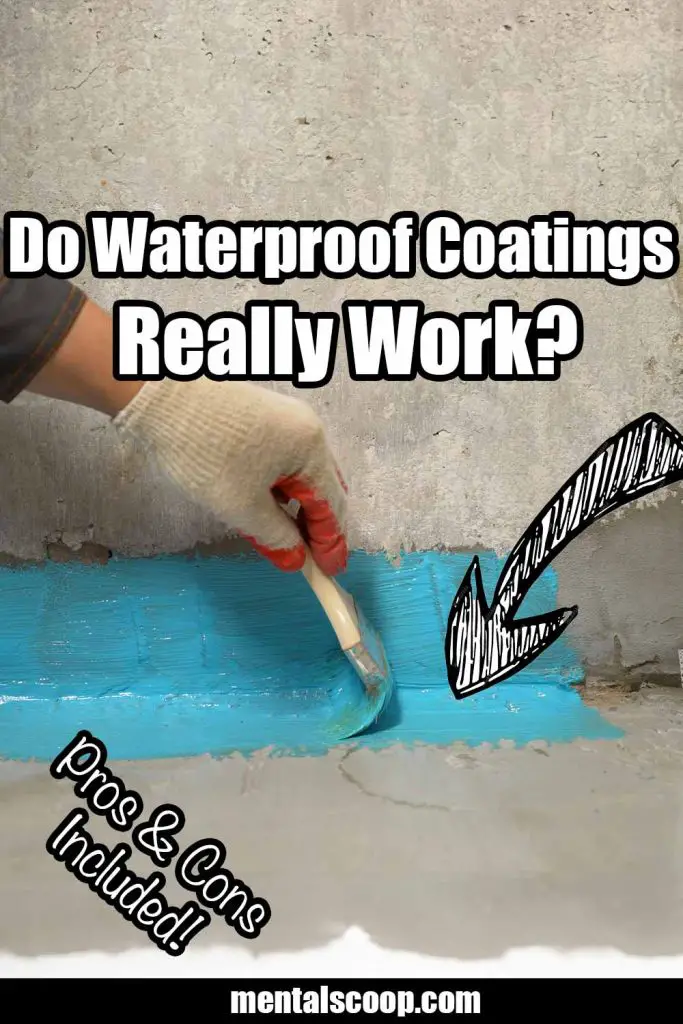Do Waterproof Coatings Really Work?

In a world where rain is inevitable and spills are bound to happen, the quest for the ultimate waterproof solution has been ongoing for centuries. From ancient civilizations attempting to weatherproof their structures to modern-day adventurers seeking the perfect rain jacket, the pursuit of repelling water seems unending.
But the burning question lingers – do waterproof coatings really work, or are we just entrapped in the allure of hydrophobic promises?
Unraveling the Waterproof Myth
Let’s start by demystifying the term “waterproof.” While it might evoke images of impenetrable barriers against raindrops, the reality is more nuanced.
Waterproof coatings are designed to resist the penetration of water to varying degrees, but achieving absolute impermeability is a monumental challenge.
The Science Behind Waterproofing
To comprehend the effectiveness of waterproof coatings, we must delve into the scientific intricacies that govern their performance. Nano-sized particles, polymers, and advanced chemical formulations play a pivotal role in creating a shield against water molecules.
The hydrophobic nature of these coatings repels water, preventing it from permeating the material.
Types of Waterproof Coatings
Not all waterproof coatings are created equal. From breathable membranes in outdoor gear to spray-on solutions for fabrics, the market offers a diverse array of options. Each type caters to specific needs and conditions, be it heavy rain, submersion, or everyday spills.
Hydrophobic Heroes:
Nanotechnology has paved the way for hydrophobic coatings that rely on microscopic structures to create a water-repellent surface. These coatings are employed in everything from clothing to electronic devices, offering a shield against the elements without compromising aesthetics.
Porous Protection:
Breathable waterproof coatings are a staple in outdoor gear. Gore-Tex, for instance, utilizes a microporous membrane that allows water vapor to escape while blocking liquid water. This technology strikes a delicate balance between keeping you dry and preventing overheating during physical activities.
Spray and Seal:
For everyday items like shoes and backpacks, spray-on waterproof coatings provide a convenient solution. These formulations create an invisible barrier that beads water upon contact, offering a quick and easy way to weatherproof your belongings.
The Real-world Test
To gauge the true effectiveness of waterproof coatings, we must turn our attention to real-world scenarios. Outdoor enthusiasts, urban commuters, and everyday users provide the litmus test for these hydrophobic innovations.
Through rainstorms, spills, and accidental immersions, these coatings are put to the test in the harshest environments.
Pros and Cons
As with any technology, waterproof coatings have their strengths and weaknesses. While they excel in repelling water, prolonged exposure, wear and tear, and the need for occasional reapplication are factors that users must consider.
Understanding these nuances helps users make informed choices and manage expectations.
In the quest for dryness, waterproof coatings emerge as formidable contenders. While they may not offer absolute impermeability, their ability to repel water in a variety of conditions is nothing short of revolutionary.
As technology advances, so too will the capabilities of these coatings, promising a future where staying dry is no longer a distant dream.
So, do waterproof coatings really work? The resounding answer is yes, but with a nuanced understanding of their limitations and a recognition that, much like the ebb and flow of the tide, perfection may remain just out of reach.
The journey towards the ultimate waterproof solution continues, but for now, let’s revel in the marvels of science that keep us dry in the storm.

More interesting articles you may be interested in reading:

